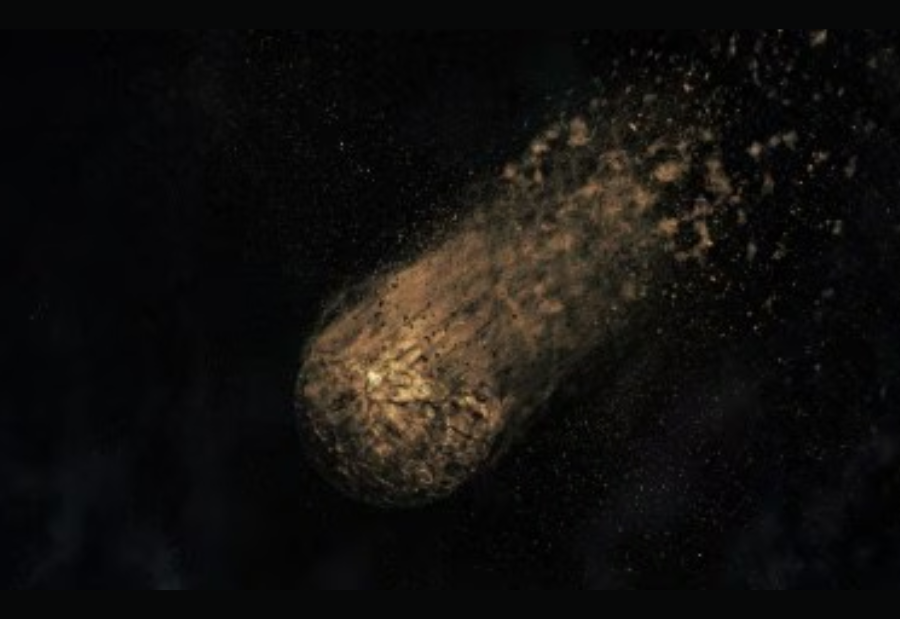Fresh observations have revealed that the asteroid Japan’s Hayabusa2 spacecraft is set to meet in 2031 is far smaller and spins much faster than earlier believed. The findings on asteroid KY26 were reported on September 18.
Astronomers had previously estimated KY26 to measure about 30 metres wide, rotating once every ten minutes, based on its brightness. However, new data from observatories around the world, including the European Southern Observatory’s Very Large Telescope (VLT) in Chile, along with radar studies, show that the asteroid is only about 11 metres wide and completes a rotation in just five minutes.
“We found that the small object’s reality is completely different from what it was previously described as,” said Toni Santana Ros, an astronomer at the University of Alicante who is also affiliated with the University of Barcelona and led the studies on KY26 using the VLT.
Olivier Hainaut, an astronomer at the European Southern Observatory, said, “The smaller size and faster rotation now measured will make Hayabusa2’s visit even more interesting but also more challenging.”
The Hayabusa2 mission, led by the Japan Aerospace Exploration Agency, is currently on an extended journey to reach KY26 in 2031. The spacecraft aims to orbit and land on the asteroid to analyse its structure and composition. Hayabusa2 previously visited the much larger asteroid Ryugu, measuring 900 metres, in 2020 and successfully returned samples to Earth.
Santana Ros highlighted the scientific importance of this mission, saying, “We have never seen a 10 metre asteroid in situ, so we don’t really know what to expect and how it will look.” He added that while a debris pile cannot be ruled out, findings suggest KY26 is likely made of solid rock fragments rather than loose dust.
The mission’s broader goal is to deepen understanding of small asteroids, which are the most common type to strike Earth. Observations of KY26 demonstrate that even the small hazardous asteroids can be characterised from the ground.
Hainaut explained, “We now know we can characterise even the smallest hazardous asteroids that could impact Earth, such as the one near Chelyabinsk in Russia in 2013, which was barely larger than KY26.”
Looking ahead, Santana Ros believes the research could have a wider impact. “Our methods could influence future plans for near Earth asteroid exploration or even asteroid mining,” he said.
Also read: Viksit Workforce for a Viksit Bharat
Do Follow: The Mainstream formerly known as CIO News LinkedIn Account | The Mainstream formerly known as CIO News Facebook | The Mainstream formerly known as CIO News Youtube | The Mainstream formerly known as CIO News Twitter |The Mainstream formerly known as CIO News Whatsapp Channel | The Mainstream formerly known as CIO News Instagram
About us:
The Mainstream formerly known as CIO News is a premier platform dedicated to delivering latest news, updates, and insights from the tech industry. With its strong foundation of intellectual property and thought leadership, the platform is well-positioned to stay ahead of the curve and lead conversations about how technology shapes our world. From its early days as CIO News to its rebranding as The Mainstream on November 28, 2024, it has been expanding its global reach, targeting key markets in the Middle East & Africa, ASEAN, the USA, and the UK. The Mainstream is a vision to put technology at the center of every conversation, inspiring professionals and organizations to embrace the future of tech.




